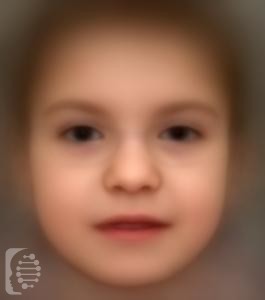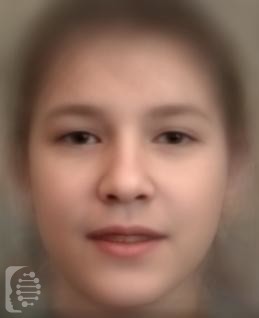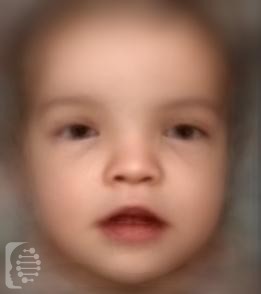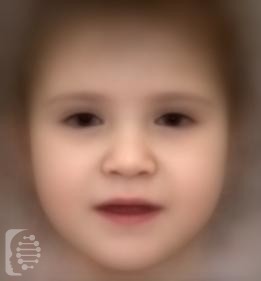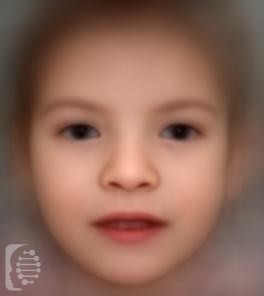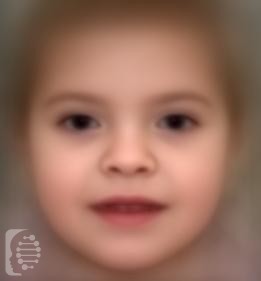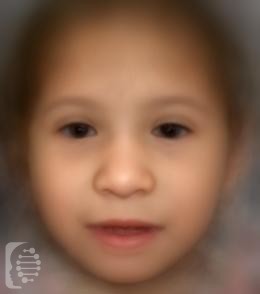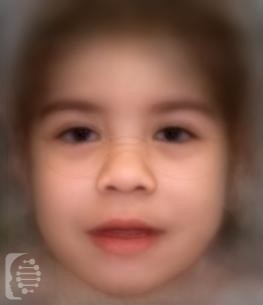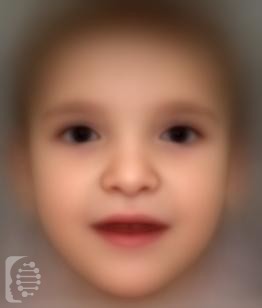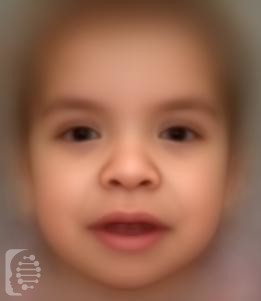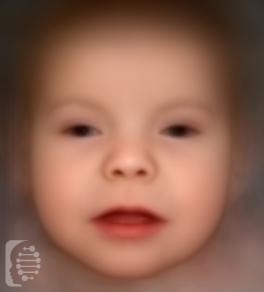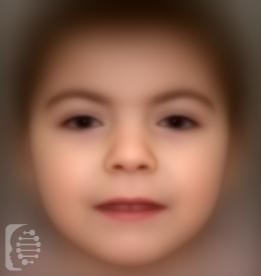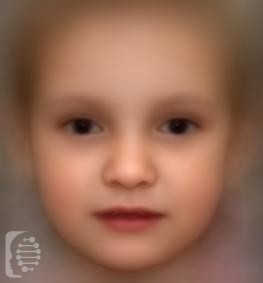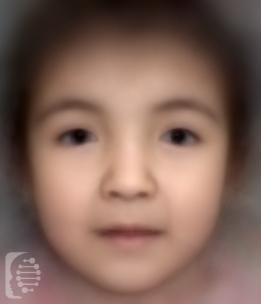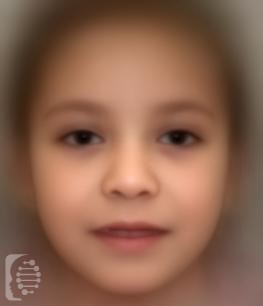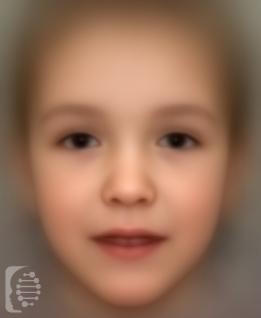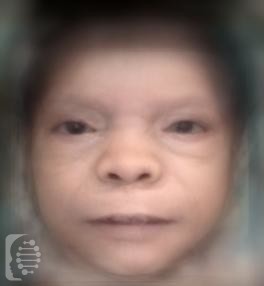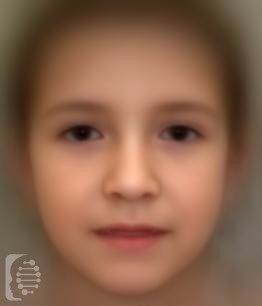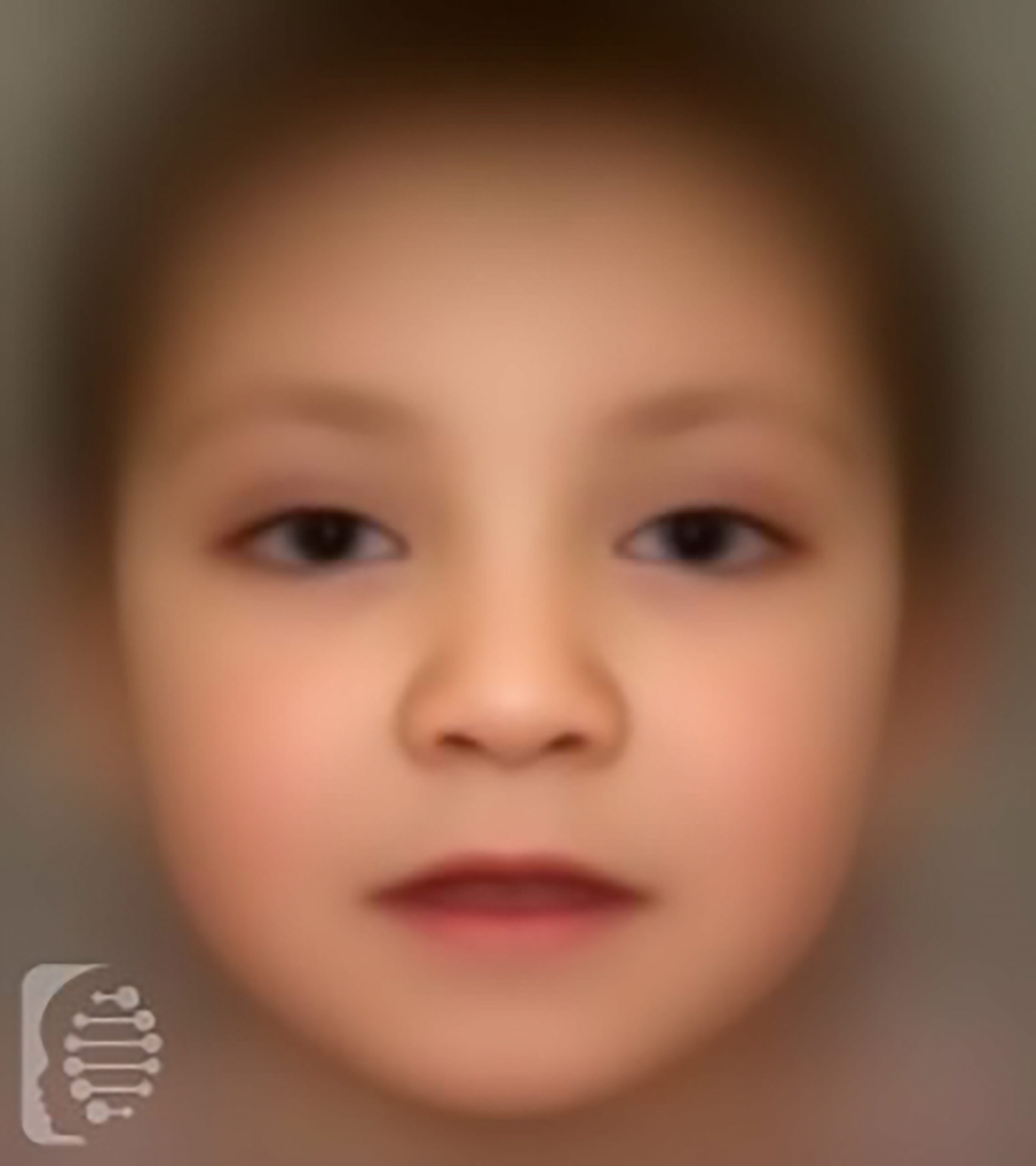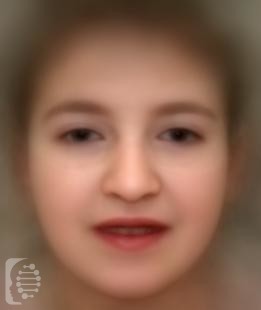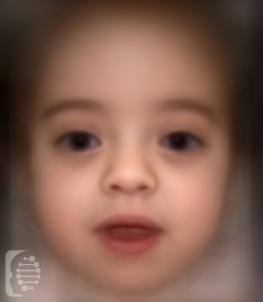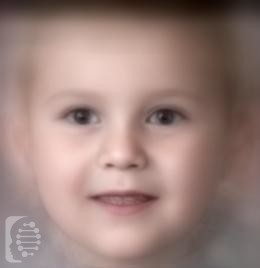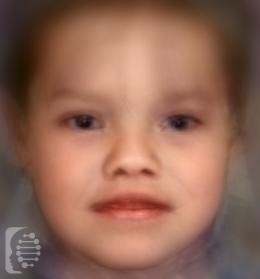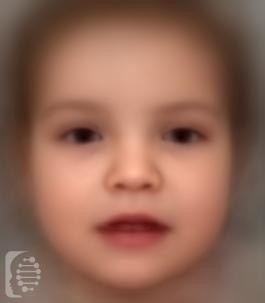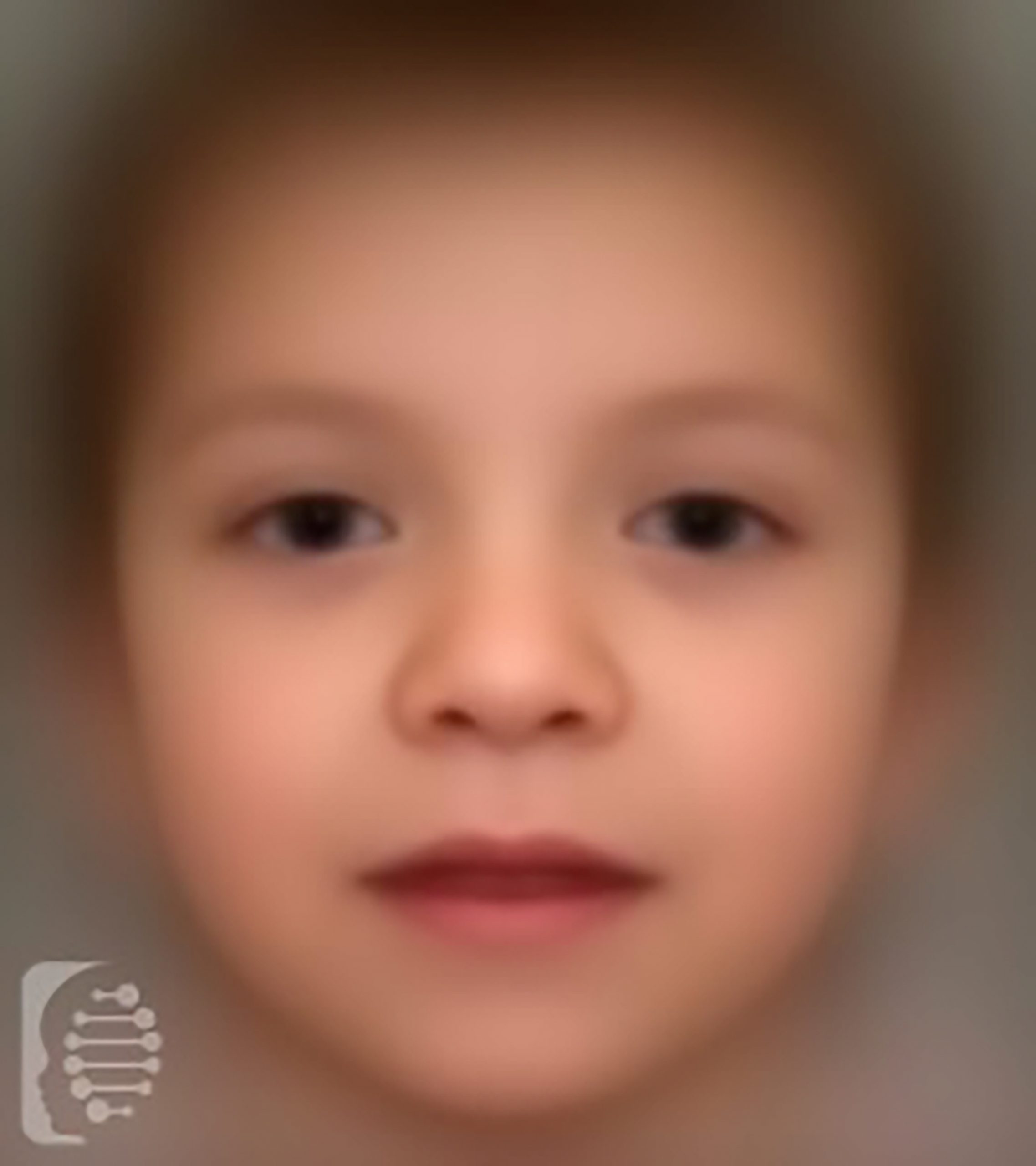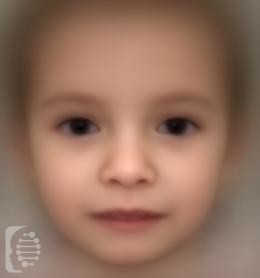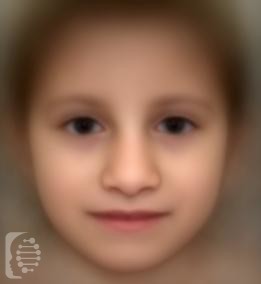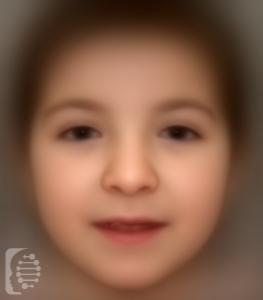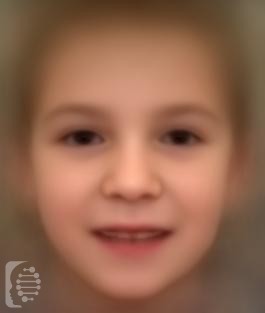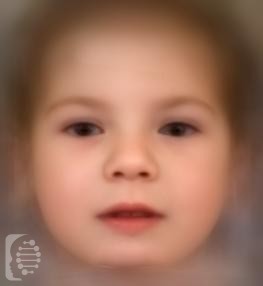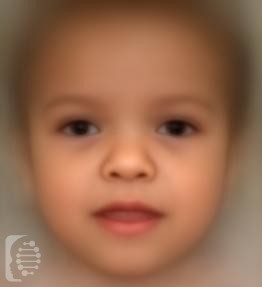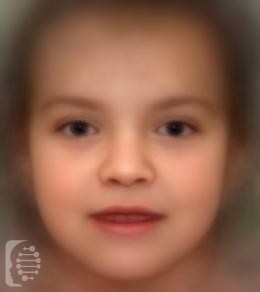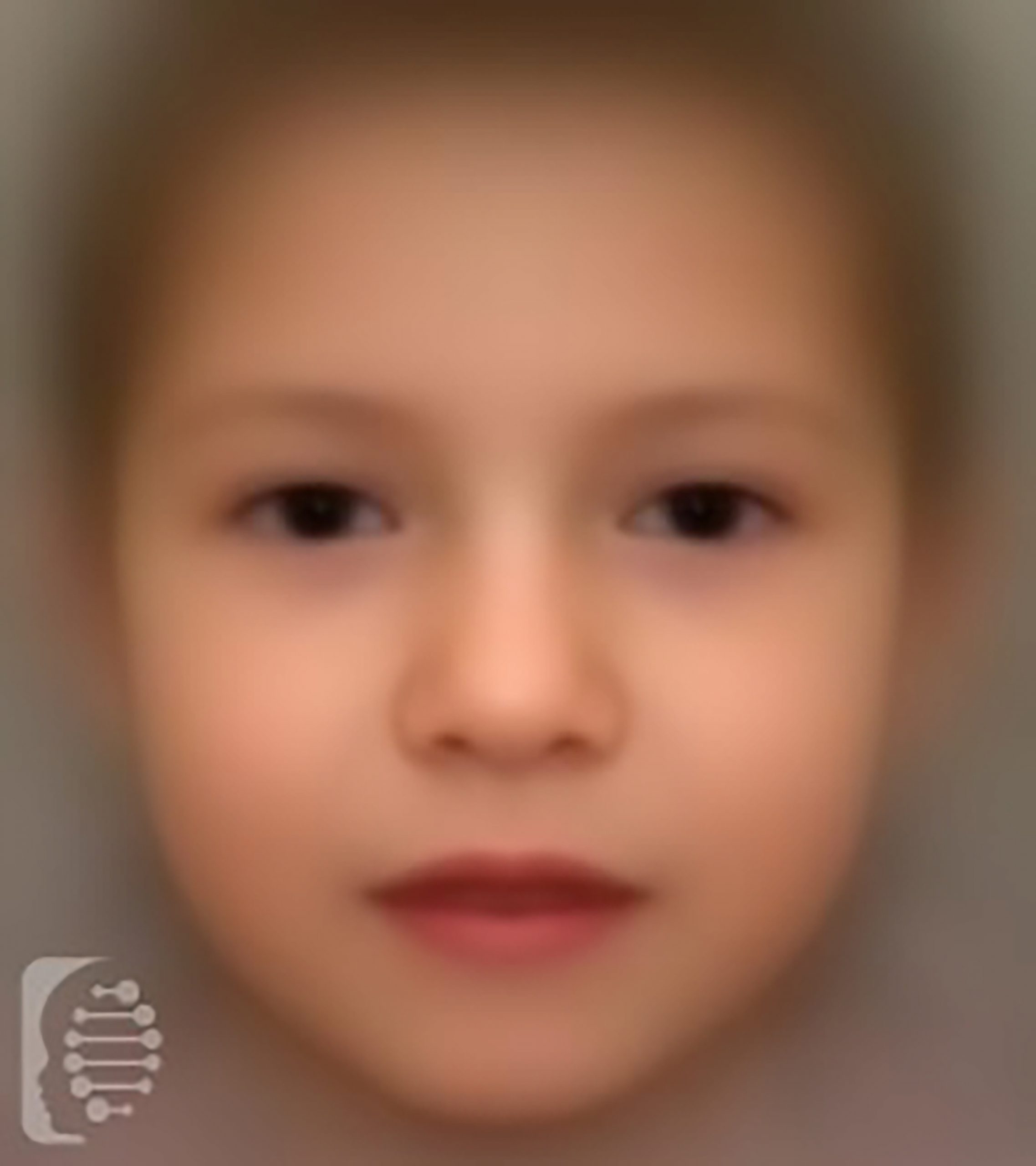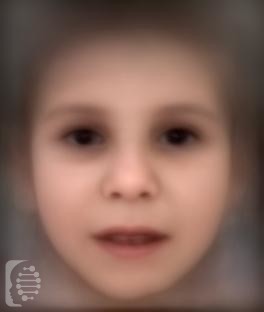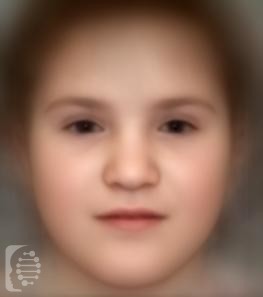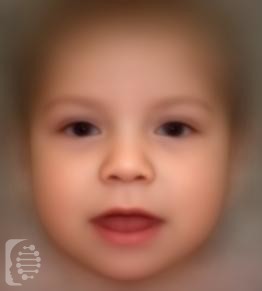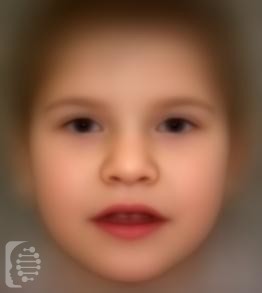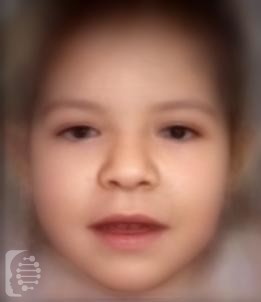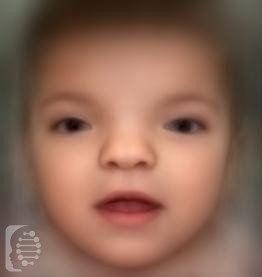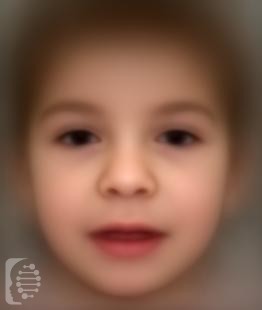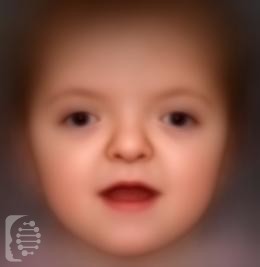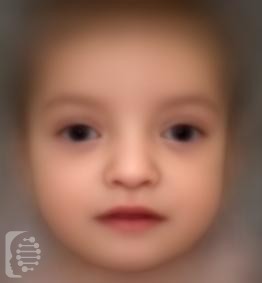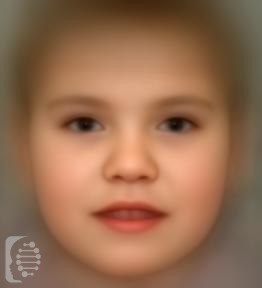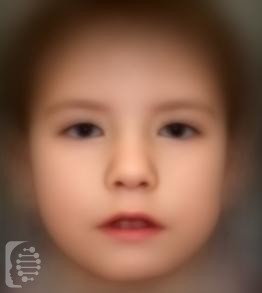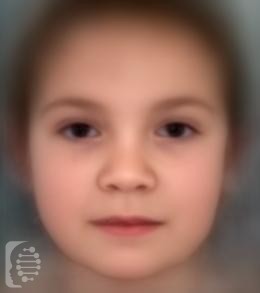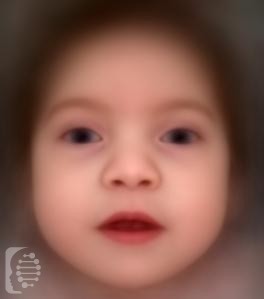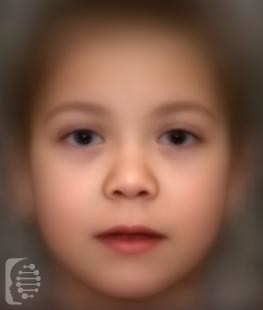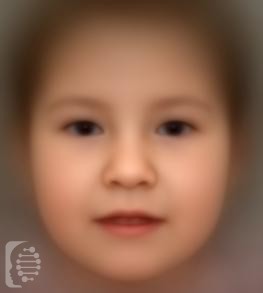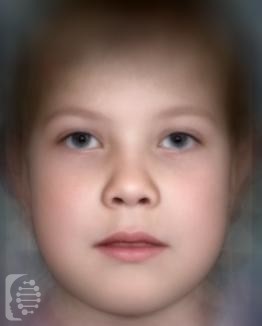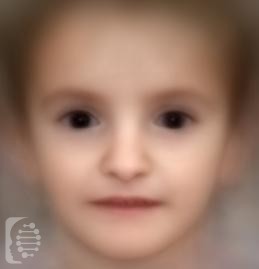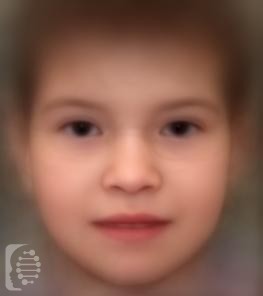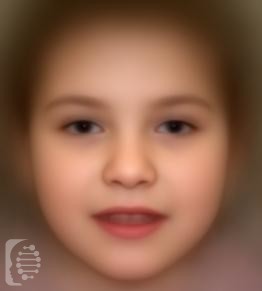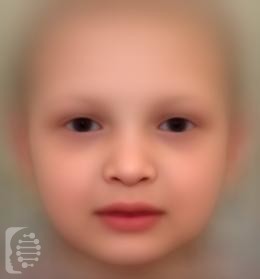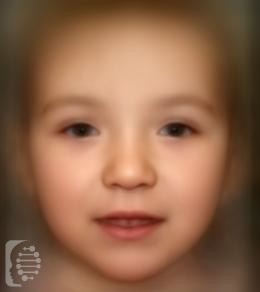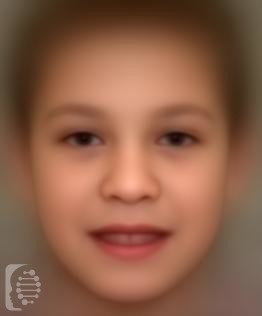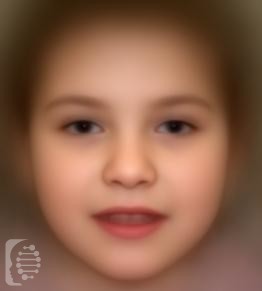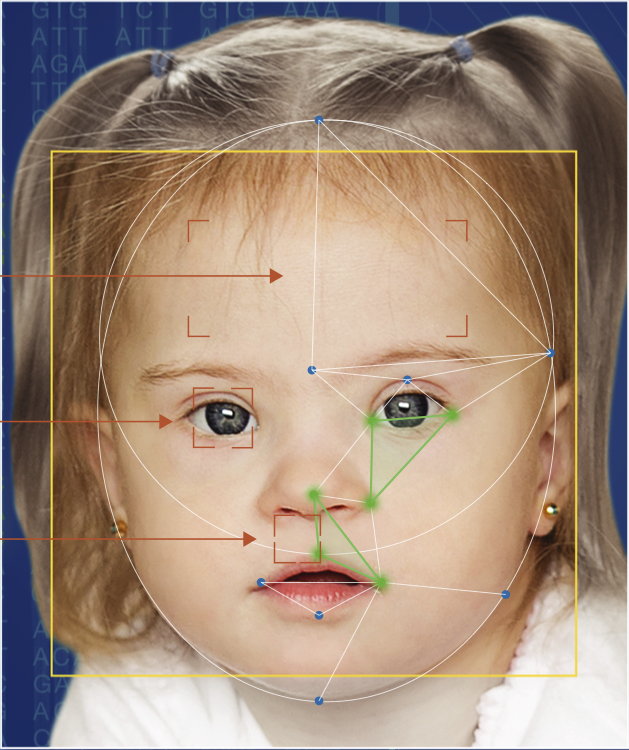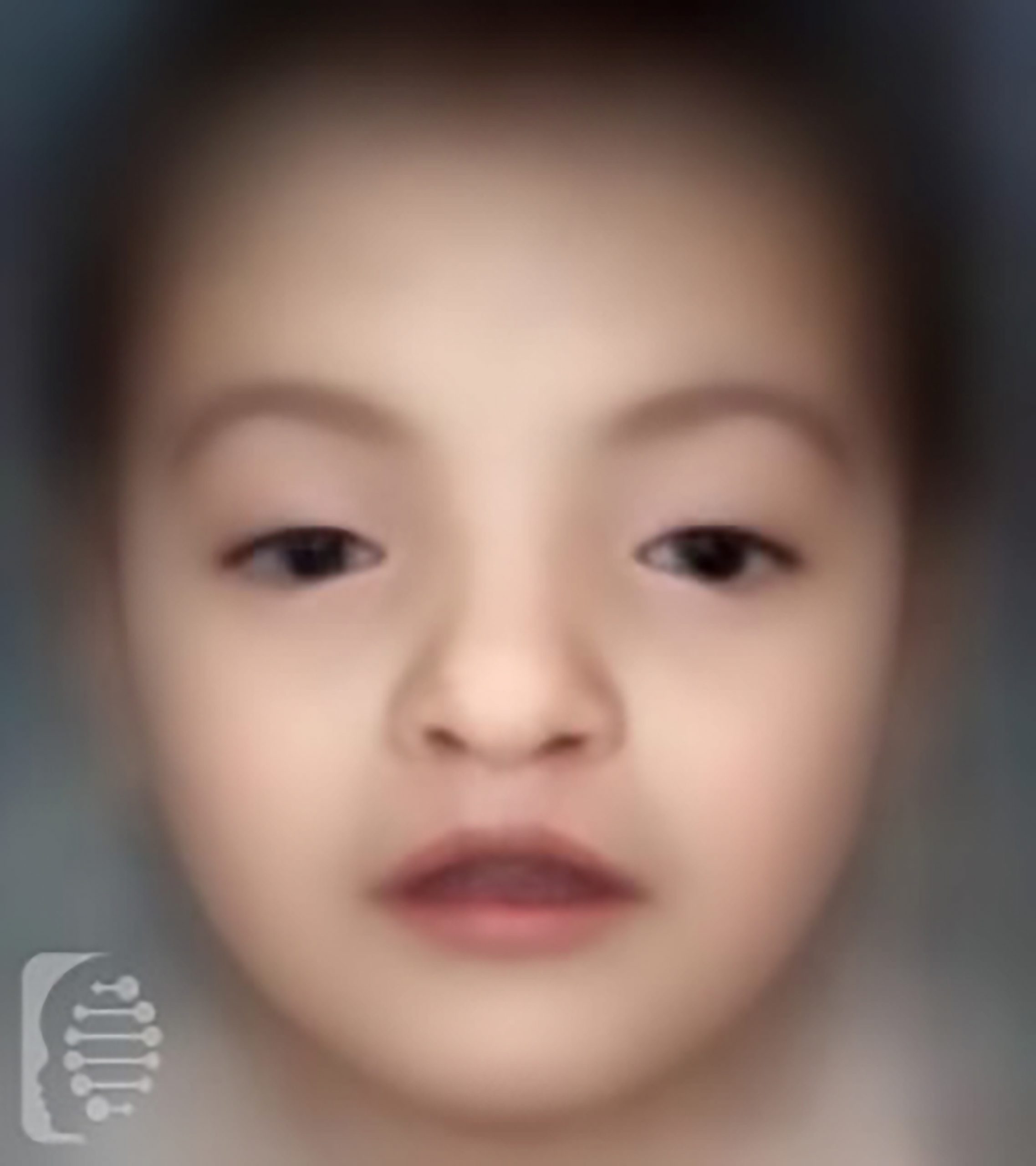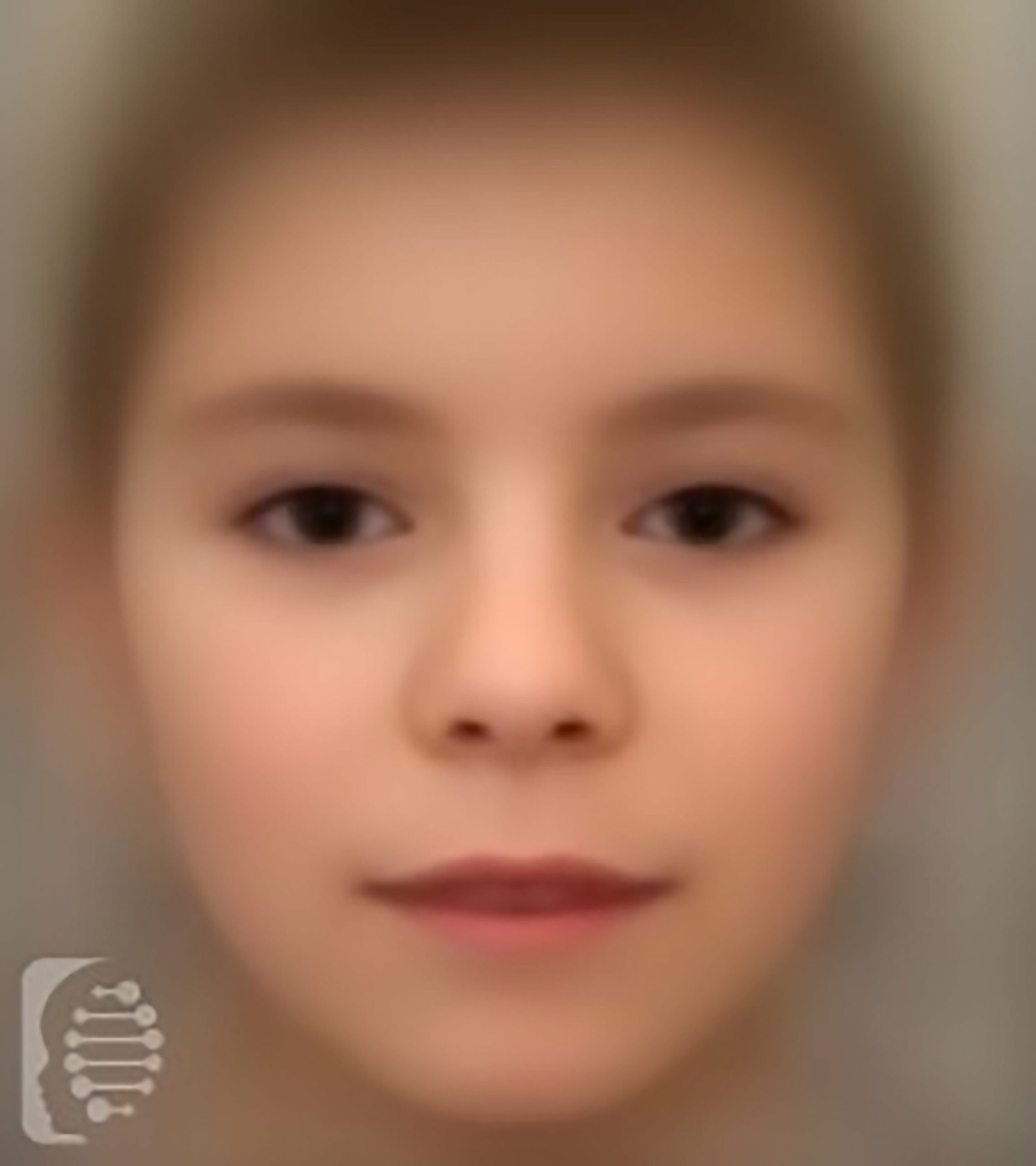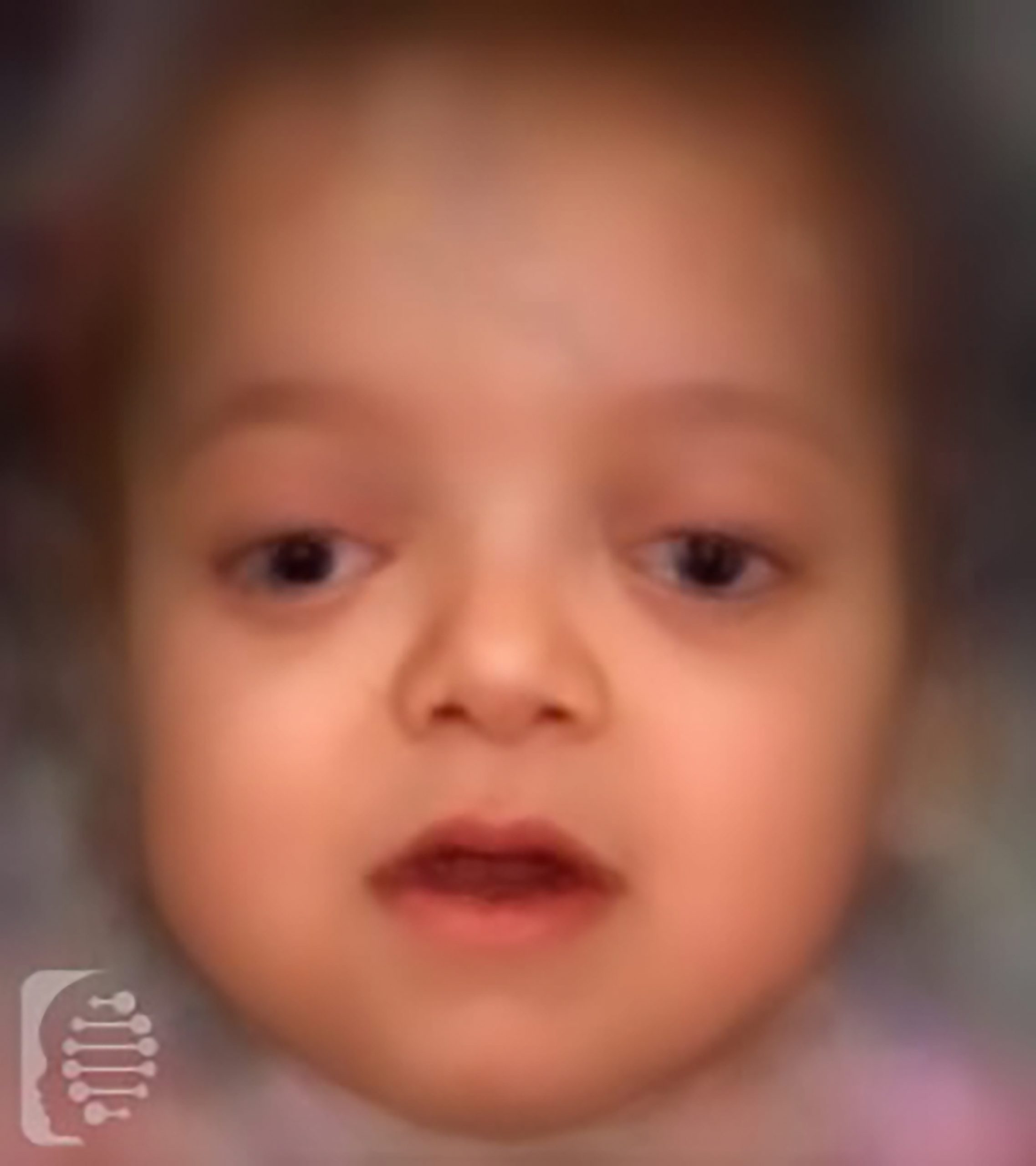Paula and Bobby
Parents of Lillie
Abnormal Saccadic Eye Movements
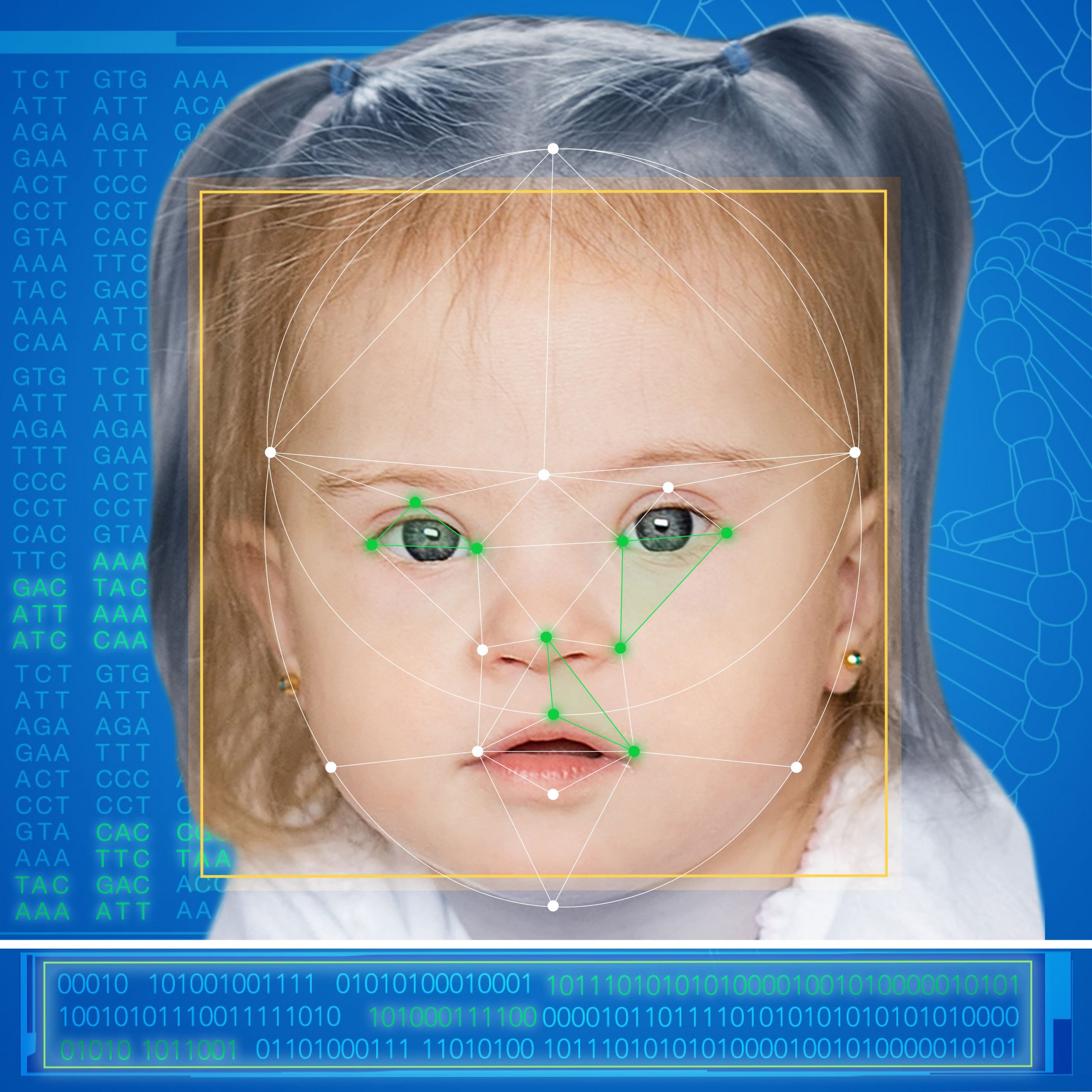
Understanding eye related symptoms and features.
Symptoms may affect multiple parts of the body. Understanding which part of the body a symptom affects, can help us to better understand the potential underlying causes of a symptom, including a rare disease or genetic syndrome.
The eye is a part of the ocular and vision systems of the body. The ocular system includes the eye and its central vision system (cornea, lens, eye fluids), all of the parts which make vision possible.
Symptoms affecting the eyes may be congenital, present at birth, or they may develop later in life. Sometimes surgery may be an option to correct them.
Symptoms relating to the eyes may affect their structure and function including their ability to see, other times they may simply affect the shape or appearance of the eye without any impact on vision.
Within the peripheral nervous system are the somatic and autonomic nervous systems. The somatic system controls responses to sensory stimuli, while the autonomic nervous system controls the inner workings of organs, including digestion, breathing and the heartbeat.
Sleep is one body function, controlled by the autonomic nervous system, specifically the sympathetic nervous system.
What are Abnormal saccadic eye movements?
Saccades are naturally quick, jerky eye movements, voluntary or involuntary, as the eyes simultaneously refix their focus from one point to another.
Unusual or abnormal saccadic eye movements may include especially jerky or fluttery eye movements, rhythmic or arrhythmic eye movements, eyes moving very quickly to a second point and back to the first (oscillation), chaotic eye movement, quick repetitive saccades, an agitated appearance to the eye movements, horizontal (left-right) or vertical (up and down) involuntary eye motion, and will sometimes include head nodding that may be instinctive compensation for the involuntary eye movements.
What should I do next?
In some instances, abnormal saccadic eye movements may be one of the features of a rare disease or genetic syndrome. In this case fast, targeted genetic analysis can give you a more accurate diagnosis.
Synonyms:
Impaired saccades, abnormality of saccadic eye movements, jerky eye movements, fluttery or fluttering eye movements, nystagmus
HPO:
0000570
Optional syndromes:
Clarify any concerns you may have and get tested online today!
Schedule Your Online Meeting Now
Synonyms:
Impaired saccades, abnormality of saccadic eye movements, jerky eye movements, fluttery or fluttering eye movements, nystagmus
HPO:
-
0000570
Optional syndromes:
FDNA™ Health can help you with the diagnostic journey.
Learn about child developmental delays: Causes, Symptoms, and Therapies.
Don't wait years for a diagnosis. Act now and save valuable time.
Explore the most detected symptoms in our system (numbers are global and based on the data from 120 countries):
What is FDNA Health?
With the largest global database and a leading decision-support tool using AI, FDNA™ Health enables patients and their families to better understand symptoms and conditions with the goal of shortening the time to diagnosis.
Benefits of FDNA Health
Save valuable time by
learning about possible conditions
and report to your clinician
Advanced AI technology
and leading worldwide clinicians
shortening time to diagnosis
Looking for answers?
Worried about child development?
We are here to help you!


